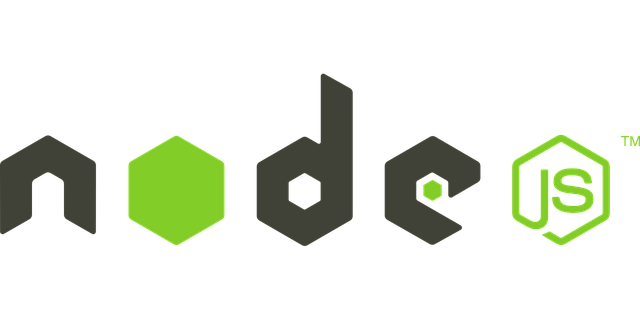
Comparing Node.js And Other Backend Technologies
Node.js ,a powerful JavaScript-based platform used to develop web applications and web apps.
In the world of web development, you will often hear the terms "server-side" and "client-side" frequently. They refer to the location where certain tasks or processes are carried out in web development and both are equally important part of the process.
Many give importance to server-side programming because it is used to deliver information created for individual users and thereby create a much better user experience. There are numerous options available, developers often face the challenge of choosing the most suitable technology for their backend development needs.
One of the best and popular choices in recent years has been Node.js, an open source, a server-side script which runs on the top of Google’s open-source scripting engine V8. Node.js has its own palace on the server-side development world.

History of Node.js
Node.js was written by Ryan Dahl in 2009, about thirteen years after the introduction of the first server-side JavaScript environment, Netscape's LiveWire Pro Web. Ryan Dhal was “inspired by applications like Gmail” and aimed to create real-time websites with push capability. The latest version is Node.js 20.0.0, released in April 2023.
Why Node.js is Popular?
Since the inception of Node.js in 2009, Node.js has been emerged as the most widely used tool for web development. More than 35% of professional developers prefer to use Node JS frameworks, libraries, tools, and IDEs for app development. Many corporate organizations like Amazon, Netflix, LinkedIn and PayPal are using Node.js to build their websites.
So, Why Should You Use Node.js?
- It allows us to use JavaScript as a backend language.
- It’s cross-platform; easily target all major platforms, including Windows, Linux, and macOS.
- It’s lightweight; works on a non-blocking, data-driven I/O model.
- It can be hosted anywhere, including Google, Amazon AWS, Heroku, Microsoft IIS, Microsoft Azure and more.
- Mobile-friendly and development-friendly.
- It’s highly scalable; can handle multiple requests simultaneously without straining the server.
The main thing that makes Node.js different from other server-side languages is that it provides asynchronous events via JavaScript callback. Here is an in-depth comparison of Node.js to other prominent backend technologies.
PHP Vs Node.js
For real-time communication, such as chat apps, multiplayer games, or collaborative tools, Node. js is the better option because it has built-in support for WebSockets and has a rich ecosystem of libraries and frameworks for real-time apps. PHP development is event-driven, which becomes a challenging task for developers to create a real-time connection.
Java Vs Node.js
Node.js uses an asynchronous event-driven I/O model which makes it faster than Java. Java is suitable for large-scale enterprise development to handle complex requirements with data processing and complicated computations which require a lot of time.
Python Vs Node.js
Node.js is faster than Python because it uses the V8 engine to interpret the codes. Node.js is suitable for cross-platform applications, whereas Python is majorly used for web and desktop applications.
.NET Vs Node.js
.NET is a tough competitor to Node JS technology. .NET is a better choice for large apps; for smaller and medium-sized apps, Node. js is the better option. With .NET development, you can write synchronous or asynchronous codes as per your preference, whereas Node.js is an asynchronous programming language.
Why Is Node.js Better For Backend Development?
Over the past few years Node.js is proven to be superior choice for backend development. It is a great option for creating real-time apps, data streaming, microservice architecture, REST APIs, and single-page applications.